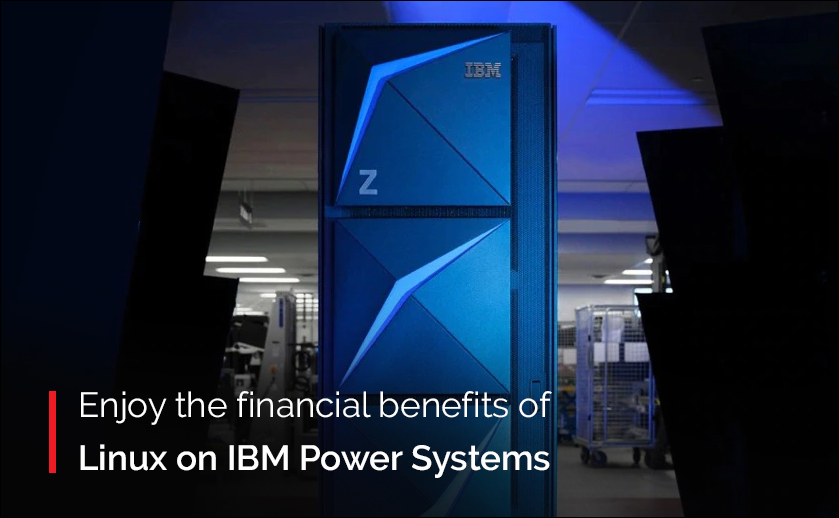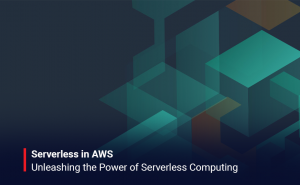From watches to enormous supercomputers and to space exploration, Linux has become arguably the most popular operating system on Earth after IBM began supporting Linux running on its Power processors.
The combination of a Linux-based operating system and POWER processor enables small and large businesses to take advantage of open standards and open-source community collaboration with the powerful, reliable, flexible qualities of the POWER hardware ecosystem. Because of its flexible, scalable, highly secure, and cost-effective nature, organizations are choosing IBM Power Systems™ over x86 to run their Linux workloads to achieve dramatic IT cost savings.
Let’s take a look at how organizations are achieving dramatic IT cost savings with Linux on IBM Power.
1. Doing more with fewer cores- IBM Power processors are usually faster, more reliable, more scalable, more secure and require fewer cores than x86-based servers. With each new generation or technology release, IBM Power systems have increased their per-core performance by an average of 35%. Thus, combining Linux with IBM Power Systems enables organizations to achieve greater performance on fewer cores. Reducing the number of cores significantly reduces the cost of the software.
2. Space and electricity savings- With Linux on IBM Power, organizations are able to do more work with fewer resources, saving them floor space and electricity costs. With IBM Power Systems, organizations can save 1,586 square feet or roughly 340 rack units, and 558,000-kilowatt-hours of electrical usage.
3. Longer lifecycles and fewer refreshes- Powered by superior performance and lifecycle longevity for Linux workloads, IBM Power Systems refresh its servers once every four to five years resulting in decreased business disruptions and technology change-out costs. With this 33% fewer refresh cycles than x86, IBM Power Systems helps IT save $1 million or more in refresh costs.
4. Reliable and the recoverable environment– By leveraging IBM Power Systems Enterprise Pools, Capacity on Demand (CoD), and Live Partition Mobility (LPM), Linux on IBM Power System provide a more secure, reliable, and recoverable environment to reduce the overhead of disaster recovery implementations.
5. Reduce unplanned downtime- Linux on IBM Power Systems provides users with 99.9996% uptime, which equates to a 235% gain in terms of unplanned downtime per year or $235,000 per year in savings per server.
6. Flexibility– Linux on IBM Power Systems enables organizations to immediately withstand higher requirements or performance that meets their needs. With the flexible architecture, users can move mission-critical workloads back and forth between on-premises and cloud environments, without requiring significant extra costs to do so.
7. Ready for hybrid and multi-cloud- With the Red Hat OpenShift® family of container software development and management tools, IBM Linux on Power provides the benefits of running mission-critical workloads in hybrid and multi-cloud environments all while providing flexibility, reliability, security, and performance advantages of Power to reduce IT costs.
With an open-source solution and Linux a high-performance operating system, Linux on IBM Power Systems enables digital transformation easily, and cost-effectively.






